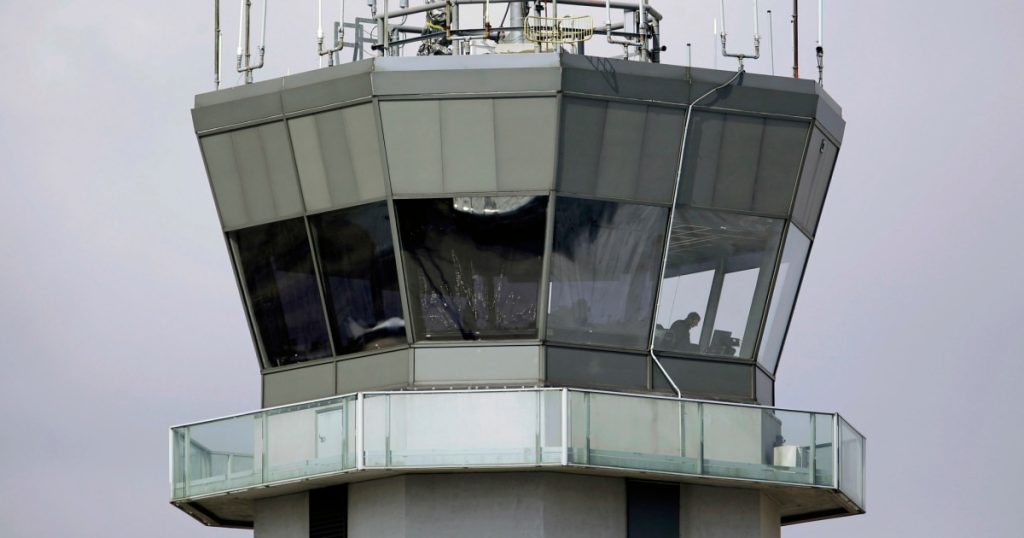The Federal Aviation Administration has introduced new rest rules for U.S. air traffic controllers to combat fatigue issues and enhance air safety. Under the new rules, controllers will be required to have 10 hours off between shifts and 12 hours off before a midnight shift. The mandate is set to take effect in 90 days. FAA Administrator Michael Whitaker stated that the safety of controllers and national airspace is a top priority for the FAA, and the agency is taking action to address the concerns raised regarding insufficient rest for controllers.
While the National Air Traffic Controllers Association appreciates the FAA’s efforts to address fatigue issues, it expressed alarm that the agency did not coordinate the new rules with them. The association warned that the immediate application of the new rules could lead to coverage gaps in air traffic facilities due to the current staffing shortage. This could potentially impact the capacity of the National Airspace System. NATCA highlighted concerns that requiring controllers to work mandatory overtime to fill these coverage gaps could increase fatigue levels and render the new policy ineffective.
The introduction of the new mandate comes at a time when U.S. air safety is under heightened scrutiny. The FAA recently announced an investigation into a near-miss incident at Washington’s Reagan International Airport. A series of near-miss incidents in the past year prompted acting Administrator Billy Nolen to convene an emergency summit on U.S. air safety systems. These incidents highlight the importance of ensuring that air traffic controllers are well-rested and able to perform their duties effectively to maintain the safety of the national airspace.
The FAA’s decision to implement new rest rules for air traffic controllers reflects a proactive approach to addressing fatigue issues and enhancing air safety. By mandating minimum rest periods between shifts, the agency aims to reduce the risk of fatigue-related errors that could compromise the safety of the national airspace. While the new rules have been met with some concerns from the National Air Traffic Controllers Association regarding staffing shortages and potential coverage gaps, it is essential for the FAA to prioritize the safety and well-being of controllers to ensure the smooth operation of the air traffic control system.
The collaboration between the FAA and the National Air Traffic Controllers Association is crucial in implementing effective rest rules that strike a balance between addressing fatigue issues and maintaining operational efficiency. By working together, both parties can ensure that controllers have adequate rest periods to perform their duties effectively without compromising the capacity of the National Airspace System. The concerns raised by NATCA regarding the potential impact of the new rules on staffing levels and controller fatigue should be taken into consideration to mitigate any adverse effects on air traffic operations.
In conclusion, the FAA’s decision to introduce new rest rules for U.S. air traffic controllers is a significant step towards enhancing air safety and addressing fatigue issues within the industry. By prioritizing the safety and well-being of controllers, the agency is taking proactive measures to ensure the smooth and efficient operation of the national airspace. Collaboration between the FAA and NATCA is essential to address concerns raised by the association regarding staffing shortages and potential coverage gaps. Through effective communication and coordination, both parties can work together to implement rest rules that strike a balance between safety and operational efficiency in the air traffic control system.














